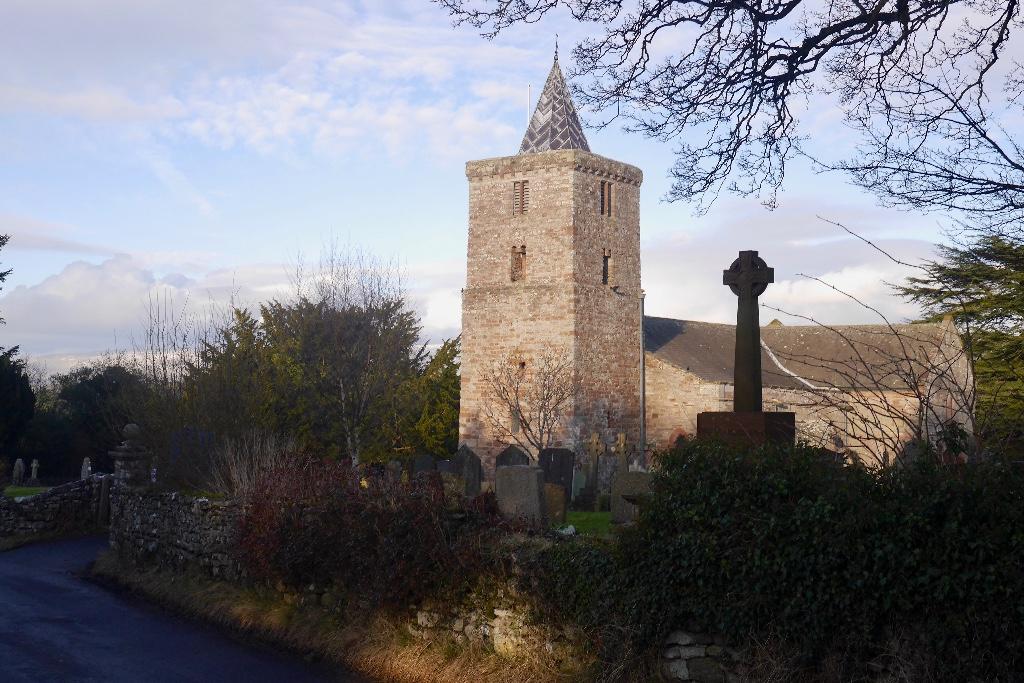All Saints
Bolton, Cumbria

Morland church has the only Anglo Saxon tower in Cumbria which is a remarkable survival and outstanding example of its type, it is probably the oldest building in Cumbria still being used for its original purpose.
Morland, Cumbria
The top storey of the tower was added in the 17th century but the massive Saxon structure retains its original masonry, small round headed windows and an 11th century doorway opening into the nave.
The church evolved over the centuries with a 12th century nave housing a surviving Norman pier. The aisles and transepts are late 12th and 13th century and there is evidence of the mediaeval chancel although it was largely rebuilt in the 16th century.
The 18th century clear glass Georgian windows make the church very light and spacious. The east stained glass window dates from the early years of the 20th century
There are several items of woodwork of historic interest including parts of mediaeval screens in the chancel with carvings of faces, perhaps of early church members! The communion rail, Poor Man's box and font cover all date from the 17th century and the font itself is dated 1662. The pulpit and sounding board date from the 18th century and there are some fine wall monuments and a hatchment from the same period.
The church was sensitively restored at the end of the 19th century and the Arts and Crafts woodwork of the pews and choir stalls is one of the notable features of the church.
The war memorials in the churchyard and inside the church commemorate the 16 parishioners who died in WW1 and there is also a memorial commemorating the fact that all the 60 parishioners who served in WW2 came back safely
The church is a record of over 1000 years of church development in the region and one of the ecclesiastical treasures of Cumbria not because of special treatment from a single period or lordly whim but because of its continuity of representative quality development.
Bolton, Cumbria
Kirkby Thore, Cumbria
An important parish church, 14th century with many later changes clearly visible inside and out, in a fine setting between the River Eden and the North Pennines.
Long Marton, Cumbria
Pre Norman building of Dufton red sandstone with a fine carved hammer beam chancel ceiling, 11th century tower, unusual tympana, a dual sedilla and a piscina.